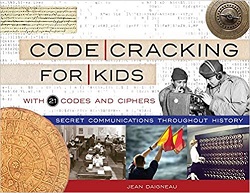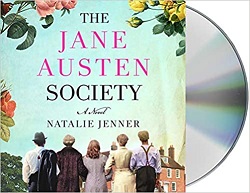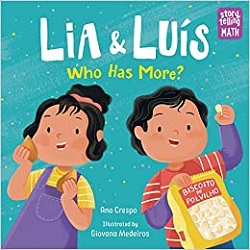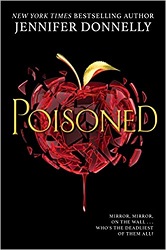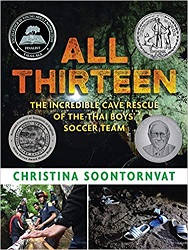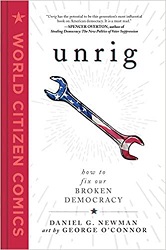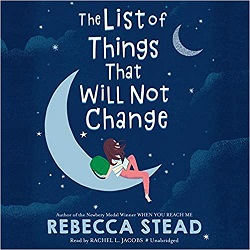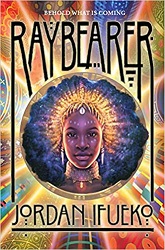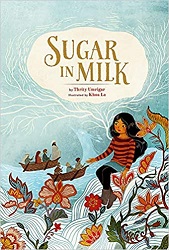Review of Punching the Air, by Ibi Zoboi and Yusef Salaam
by Ibi Zoboi and Yusef Salaam
read by Ethan Herrise
HarperAudio, 2020. 4.5 hours on 4 discs.
Review written December 28, 2020, from a library audiobook
2020 Cybils Finalist: Young Adult Fiction
Starred Review
Punching the Air, is a novel in verse about a teen who is wrongfully convicted of a crime. The coauthor, Yusef Salaam, is one of the “Exonerated Five,” who spent years behind bars after being wrongfully convicted of assaulting the Central Park jogger.
Amal Shahid is the character in the book in this position. He’s long been a poet and an artist, though he didn’t fit the boxes of the art school he attended. He’s having a much harder time with the box of juvenile detention.
The name Amal means hope, and the authors work to make this ultimately a hopeful book. Though it also shines light on injustice, on expectations, and on the system trying to fit people into boxes. It also looks at the way people are called to account for their actions depending on the color of their skin.
This novel is in verse and includes artwork on some of the pages. The narrator did a fine job, but I think I might have appreciated it more if I had read the whole thing and enjoyed it visually.
Either way, this book brings you into that cell and helps you feel the confinement, the injustice, the weight of judgment.
ibizoboi.net
yusefspeaks.com
epicreads.com
Find this review on Sonderbooks at: www.sonderbooks.com/Teens/punching_the_air.html
Disclosure: I am an Amazon Affiliate, and will earn a small percentage if you order a book on Amazon after clicking through from my site.
Disclaimer: I am a professional librarian, but the views expressed are solely my own, and in no way represent the official views of my employer or of any committee or group of which I am part.
What did you think of this book?

